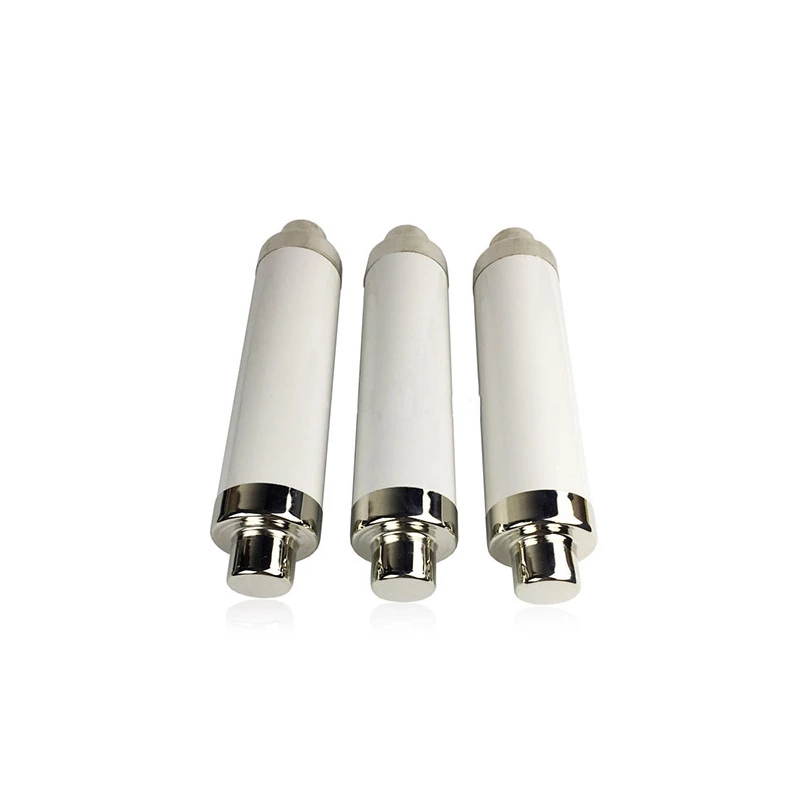Drop Out Fuse Action Characteristics Analysis And Operation Control Key Points
As the core device for fault isolation in distribution networks, drop out fuse's reliable drop action plays a decisive role in selective protection of the power system. This article conducts a professional analysis from three dimensions: action mechanism, key parameters, and operational control.
1、 The mechanism of falling action and energy balance
Action triggering conditions
When the fault current reaches 1.3-2.1 times the rated current of the fuse, the melt undergoes phase transition and melting under Joule heating effect. At this point, an arc is formed inside the melting tube, and the gas producing material is heated and decomposed to produce high-pressure gas, establishing a longitudinal arc blowing pressure gradient. When the internal pressure of the melting tube reaches the critical value of 0.25-0.4 MPa, the melting tube release mechanism acts, and the moving contact completes the fall separation under the combined action of gravity and spring energy storage.
Action time characteristics
The complete falling process includes four stages: melt melting time (t1), arc establishment time (t2), medium recovery time (t3), and mechanical tripping time (t4). According to the IEC 60282 standard, the full open/close time of 10kVdrop out fuse should be controlled within the range of 50-150ms. The t3 stage is significantly affected by the performance of the arc extinguishing medium, and the recovery speed of the medium using ammonium borate arc extinguishing tube is 40% faster than that of conventional quartz sand.
2、 Key action parameter control
Adjustment of closing angle
The deviation of the closing angle of the moving contact directly affects the separation reliability. When the installation tilt angle exceeds 3 °, the contact pressure of the contacts decreases by 28% -35%, which may lead to non full phase drop. It is recommended to use a laser positioning device for calibration to ensure that the vertical deviation of the contact centerline is ≤ 1.5mm/m.
Optimization of Spring Energy Storage
The pre pressure of the release spring should be maintained within the range of 80-120N · m. When the stiffness coefficient K of the spring decays to 85% of its initial value, it needs to be replaced immediately, otherwise it may cause the residence time of the melt tube to exceed the upper limit of 200ms specified in DL/T 640. The actual measurement data of a 110kV substation shows that the action delay caused by spring fatigue accounts for 23% of the total number of faults.
3、 Analysis of Abnormal Falling Phenomenon
Non full phase drop
Mostly occurring in three-phase horizontal arrangement structures, when phase B acts first, the gas diffusion it produces will affect the pressure distribution of adjacent phase arc extinguishing chambers. Experiments have shown that when the inter phase distance is less than 350mm, the probability of cross interference increases by 60%. It is recommended to adopt a triangular arrangement structure to reduce the electromagnetic interference between phases to below 12%.
Delayed Drop
Moisture in the extinguishing medium is the main cause. When the moisture content exceeds 0.3%, the recovery strength of the medium decreases by 50% -60%, resulting in an increase in the number of arc reignitions. The use of vacuum drying treatment (50 ℃/24h) can restore the moisture content of the medium to the safe threshold of 0.1%.
Impact Drop
Line closing surge may cause misoperation. When the duration of the surge is greater than 15ms and the amplitude is greater than 80% of the rated current of the fuse, a series current limiting reactor needs to be installed. It has been tested that installing a 7mH reactor can suppress inrush current within 72% of the safe range.
4、 Technical measures for operation control
Intelligent monitoring system
Install pressure sensors and accelerometers to monitor real-time pressure changes inside the melting tube (sampling rate ≥ 1kHz) and contact separation speed (resolution 0.01m/s). When abnormal fluctuations in pressure peak exceeding ± 15% are detected, the system automatically issues a warning signal.
Full condition test verification
Establish a test sequence consisting of five typical faults: rated breaking (6.3kA), low current (1.2kA), capacitive current (0.5kA), multiple reclosing (3 times), and low temperature (-30 ℃) operating conditions. Verify the stability of the action through 20 consecutive experiments, with a success rate of ≥ 98%.
Dynamic parameter calibration
Establish an environmental parameter compensation model that automatically adjusts the action threshold based on changes in temperature and humidity. For every 10 ℃ increase in temperature, the fuse melting time is shortened by 8% -12%, and the time deviation needs to be controlled within ± 5% through compensation algorithms.
5、 Conclusion
By accurately controlling motion parameters, strengthening state monitoring, and improving the testing system, Enbime can increase the reliability of drop out fuse motion to over 99.7%.

